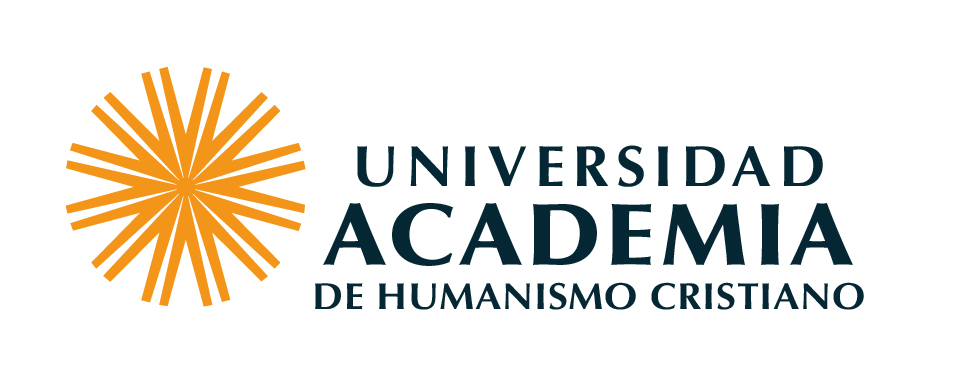Palaeolithic mollusc exploitation at Riparo Mochi (Balzi Rossi, Italy) : food and ornaments from the Aurignacian through Epigravettian / Mary C. Stiner.
Material type: ArticleSubject(s):
In:
Anthropology TodaySummary: Introduction \The early Upper Palaeolithic of Europe is distinguished by the sudden appearance of art, ornaments, and a quickened pace of technological diversification (Bietti 1997; Gamble 1986; Hahn 1972; Harrold 1989; Kozlowski 1990; Kuhn & Stiner 1998b; Leroi-Gourhan 1961; Mellars 1989; Otte 1990; Palma di Cesnola 1993; White 1982). This study explores an important branch of that process through the analysis of the marine molluscs used as ornaments and food during the Upper and Epi-Palaeolithic periods at Riparo (Abri) Mochi, on the northwestern Italian coast. The stratigraphic sequence spans 36,000 to about 9000 years before present (TABLE 1). The ornaments from this shelter differ from those of inland European sites in having been made almost exclusively from marine shells. Carved ivory and soft stone pendants and modified mammal teeth generally dominate Upper and Epi-Palaeolithic ornament assemblages of the continental interior (Hahn 1972; White 1989). S
ArticleSubject(s):
In:
Anthropology TodaySummary: Introduction \The early Upper Palaeolithic of Europe is distinguished by the sudden appearance of art, ornaments, and a quickened pace of technological diversification (Bietti 1997; Gamble 1986; Hahn 1972; Harrold 1989; Kozlowski 1990; Kuhn & Stiner 1998b; Leroi-Gourhan 1961; Mellars 1989; Otte 1990; Palma di Cesnola 1993; White 1982). This study explores an important branch of that process through the analysis of the marine molluscs used as ornaments and food during the Upper and Epi-Palaeolithic periods at Riparo (Abri) Mochi, on the northwestern Italian coast. The stratigraphic sequence spans 36,000 to about 9000 years before present (TABLE 1). The ornaments from this shelter differ from those of inland European sites in having been made almost exclusively from marine shells. Carved ivory and soft stone pendants and modified mammal teeth generally dominate Upper and Epi-Palaeolithic ornament assemblages of the continental interior (Hahn 1972; White 1989). S
| Item type | Current library | Collection | Call number | Copy number | Status | Date due | Barcode | |
|---|---|---|---|---|---|---|---|---|
| Analítica de revista | Biblioteca Central Colección General | General | ANTIQUITY-282/99 (Browse shelf(Opens below)) | 1 | Available | FICTICIO522 |
Antiquity 73 (1999): 735-754
Introduction \The early Upper Palaeolithic of Europe is distinguished by the sudden appearance of art, ornaments, and a quickened pace of technological diversification (Bietti 1997; Gamble 1986; Hahn 1972; Harrold 1989; Kozlowski 1990; Kuhn & Stiner 1998b; Leroi-Gourhan 1961; Mellars 1989; Otte 1990; Palma di Cesnola 1993; White 1982). This study explores an important branch of that process through the analysis of the marine molluscs used as ornaments and food during the Upper and Epi-Palaeolithic periods at Riparo (Abri) Mochi, on the northwestern Italian coast. The stratigraphic sequence spans 36,000 to about 9000 years before present (TABLE 1). The ornaments from this shelter differ from those of inland European sites in having been made almost exclusively from marine shells. Carved ivory and soft stone pendants and modified mammal teeth generally dominate Upper and Epi-Palaeolithic ornament assemblages of the continental interior (Hahn 1972; White 1989). S
There are no comments on this title.
